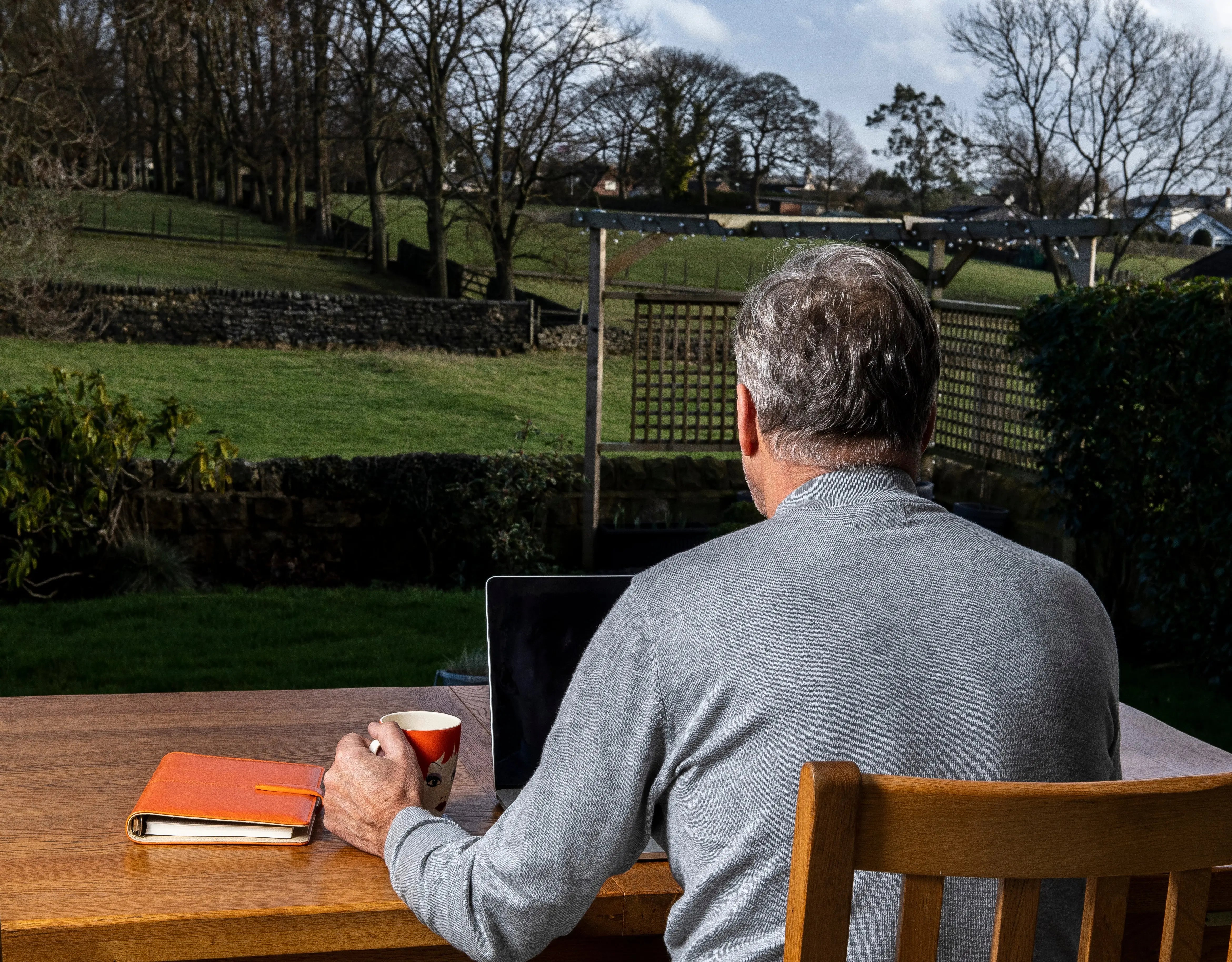What is urge incontinence?
Urge incontinence is a type of urinary incontinence which occurs when an urge is suddenly felt to urinate. This is triggered by the bladder contracting when it shouldn’t. When these unexpected contractions occur, it can cause urine to leak past the muscles which normally hold the bladder closed. This may happen before the person affected has the chance to reach the toilet.
Urge incontinence is not to be confused with stress incontinence, which is the involuntary passing of urine when pressure increases within the abdomen or on the bladder.
What causes urge incontinence?
Here are some causes of urge incontinence:
- Overactive bladder
- Urinary tract infection
- Diseases which affected the nerves that are linked to the bladder (such as Multiple Sclerosis and Parkinson’s disease).
Please note that the above isn’t a comprehensive list. If you believe you may be affected by urge incontinence, please don't hesitate to see your GP so they can complete a full assessment and make a treatment plan which is personalised to you.
What will your GP want to know?
Your GP will want to ask a few questions to better understand why you're experiencing urge incontinence. They’ll want to know about your fluid intake, how often you’re visiting the toilet to pass urine, if you’re in any pain/discomfort, whether you’re going to the loo frequently in the night (nocturia) and also review any medications you’re currently taking.
Tests for urge incontinence
Depending on the outcome of the initial assessment made by your GP, you may be recommended to receive the following tests:
- Pelvic floor assessment. Your pelvic floor is a supportive sling of muscles which support the organs in your lower abdomen. Weakness of these muscles can cause incontinence.
- Urinalysis. You’ll be provided with a specimen pot to pass urine into. Your GP or nurse will then apply a dipstick to the urine which will change colour to let them know if it’s infected.
- Urinary bladder ultrasound. Your doctor will perform this to visualise the anatomy of the bladder and check your ability to empty your bladder.
- Cystoscopy. During cystoscopy, your doctor will pass a very narrow scope (tube) into your urethra and into your bladder. This will relay real-time images to a screen your doctor can see as they examine you.
There are other tests which may also be performed. Your doctor or nurse will be able to explain any of these procedures to you and should take the time to answer any questions you may have.
Urge incontinence treatment
There are many options available for the treatment of urge incontinence. A first step your GP may recommend is keeping a bladder diary to monitor your bladder activity. In combination with looking at your fluid intake, diet and lifestyle, this might enable you to make adjustments which help to improve your symptoms and quality of life. Nerve stimulation therapies are sometimes used in the treatment of urge incontinence. This aims to help by stimulating the nerves which are responsible for bladder control. There are also a range of different medications used to treat urge incontinence, as well as surgical techniques which can improve symptoms.

